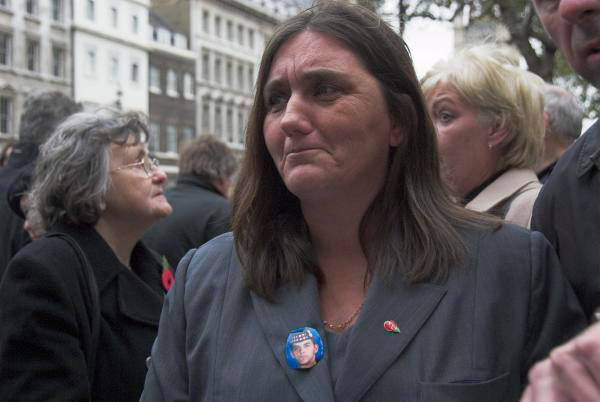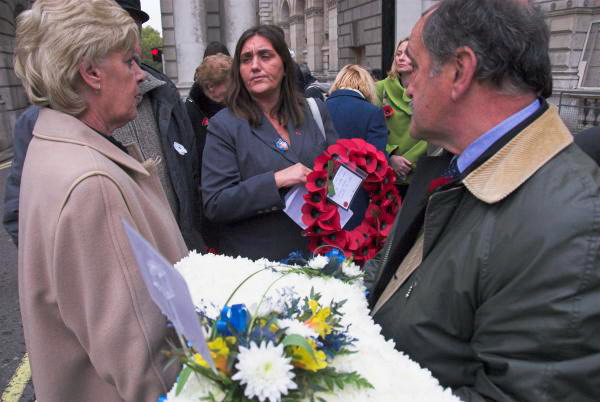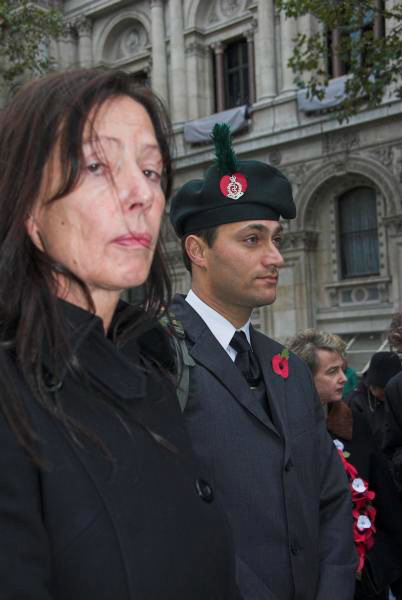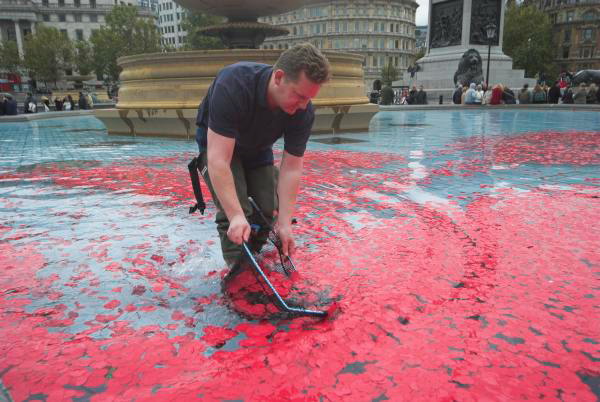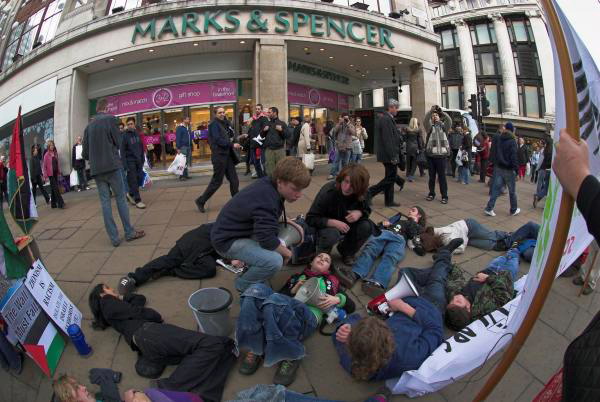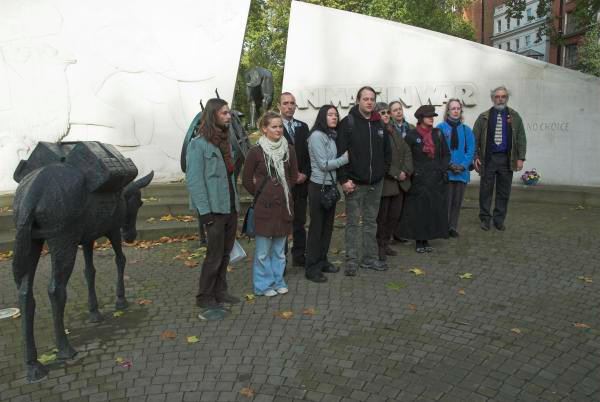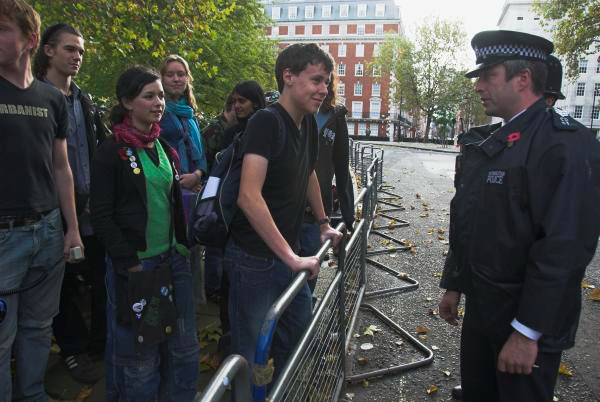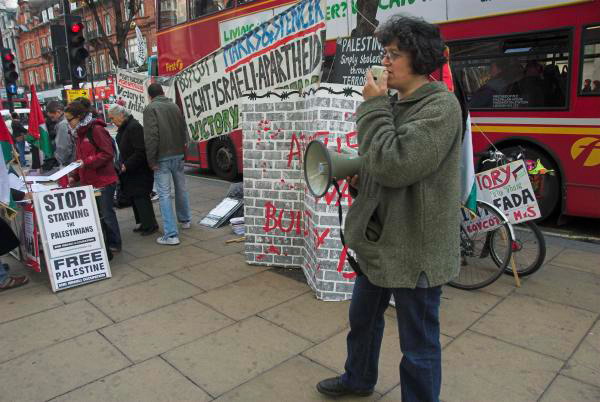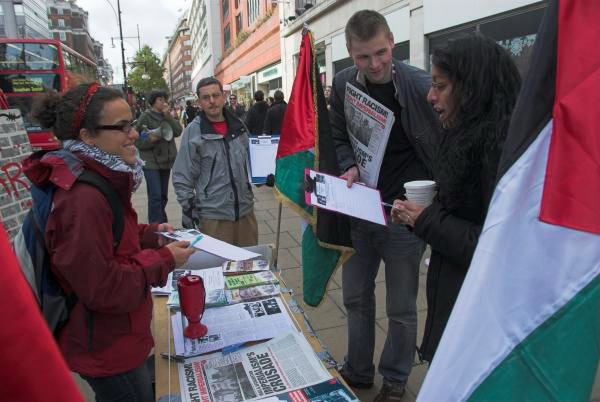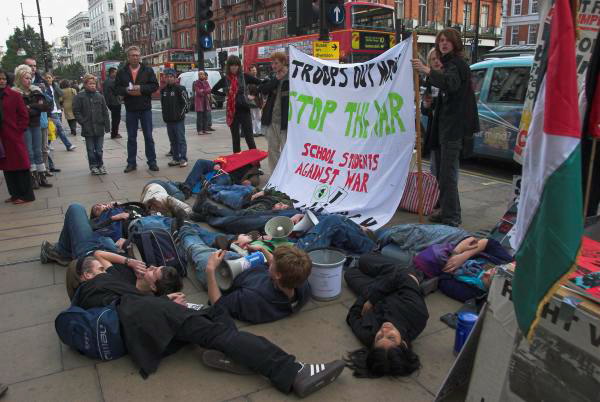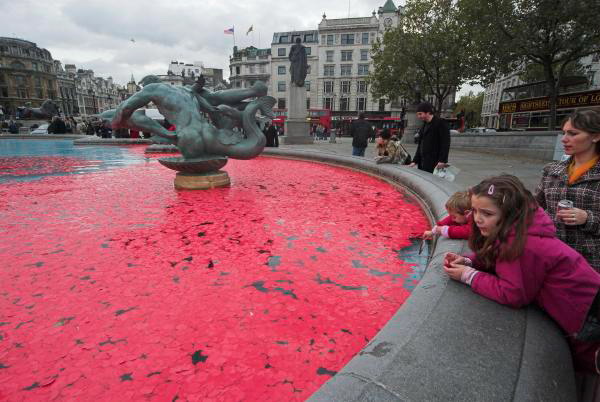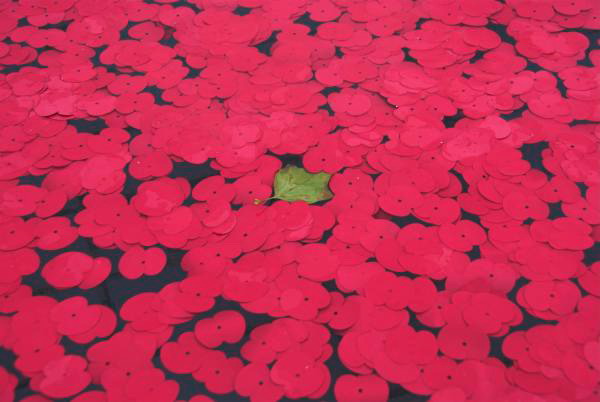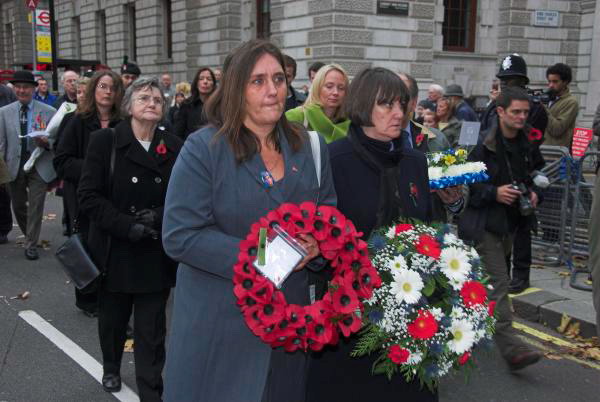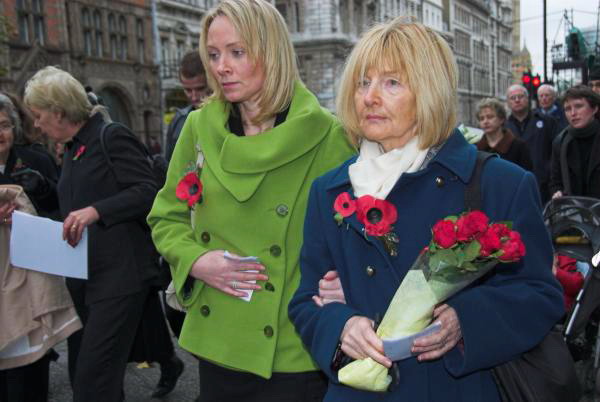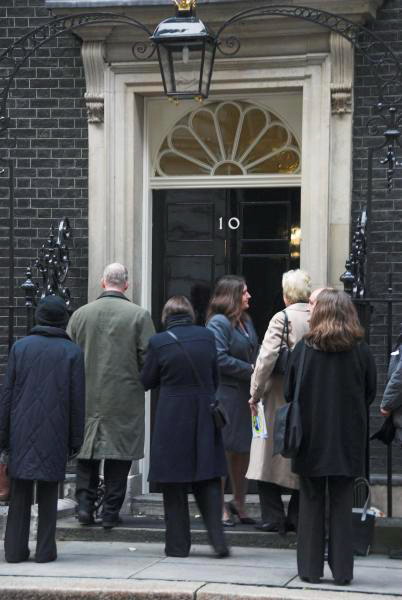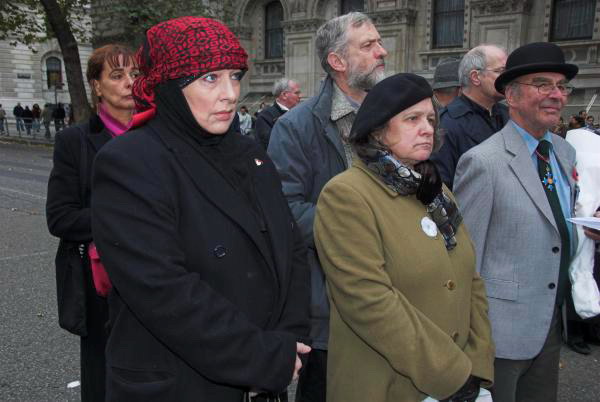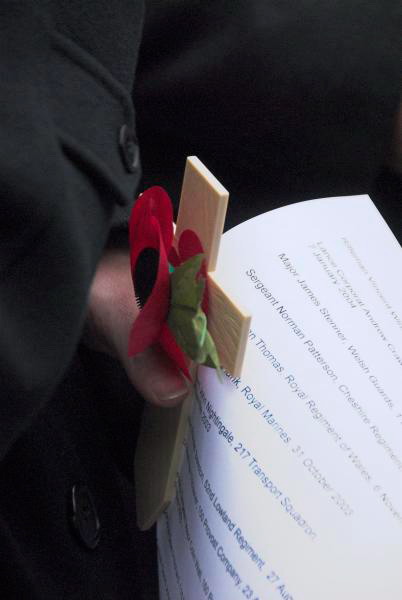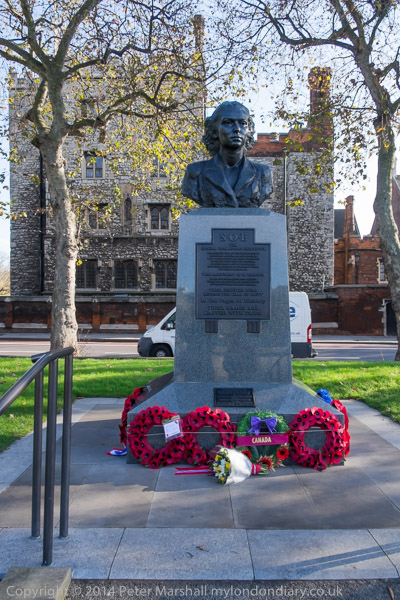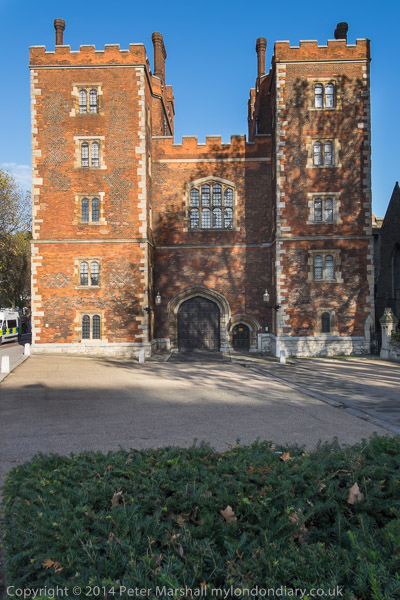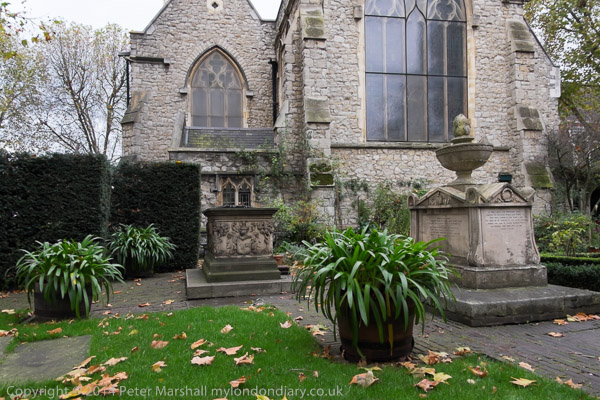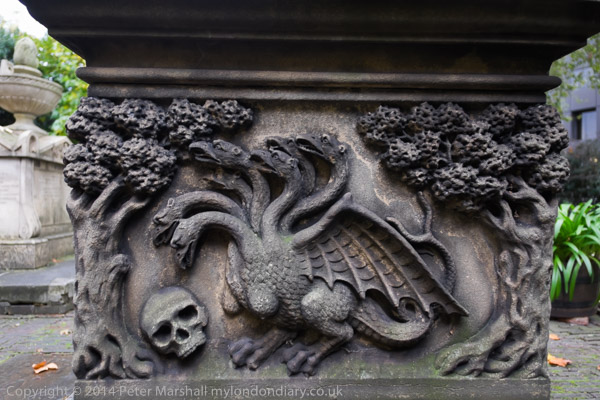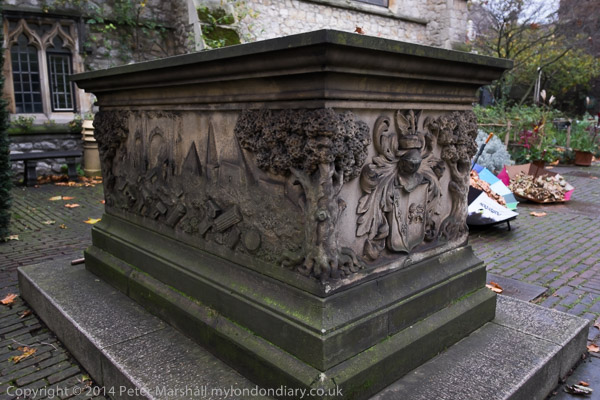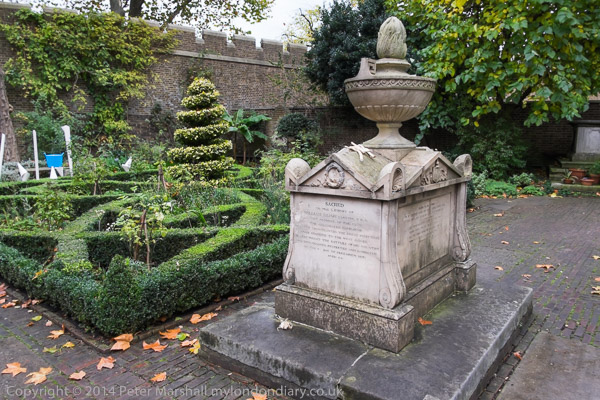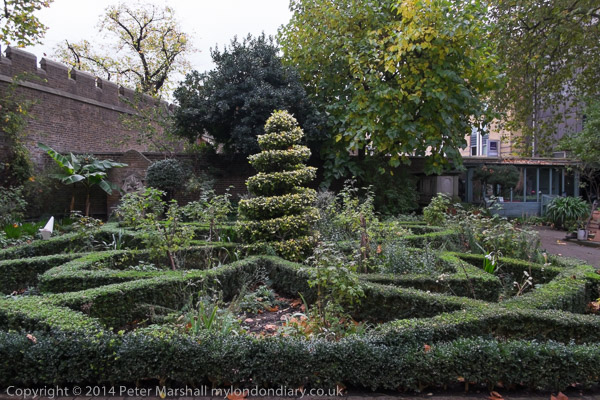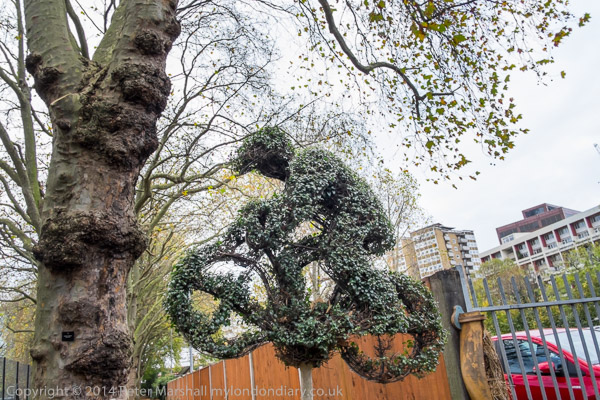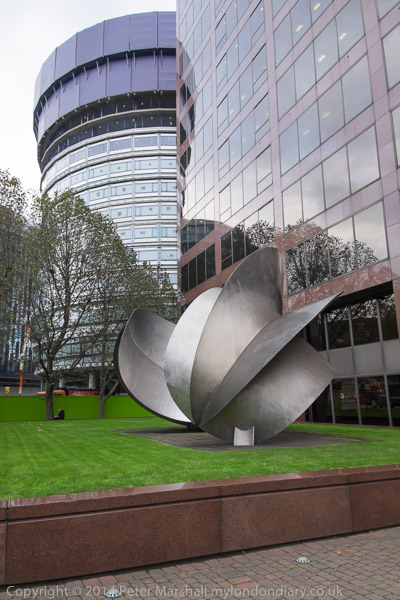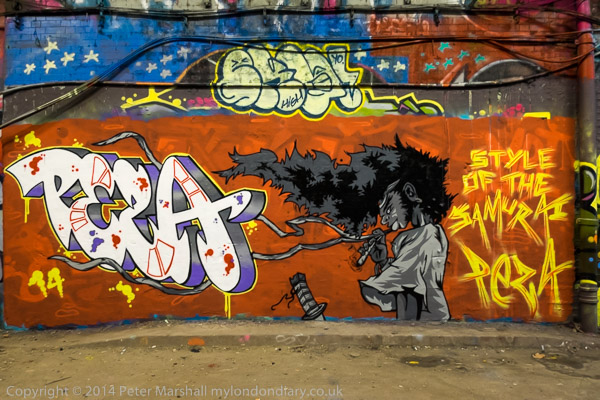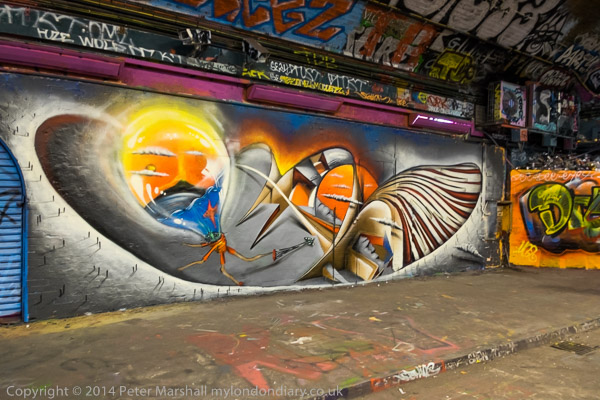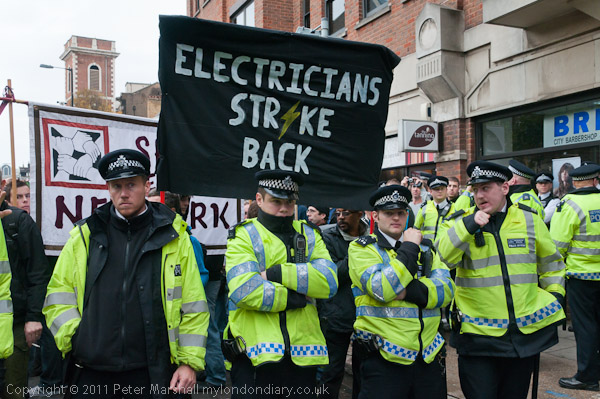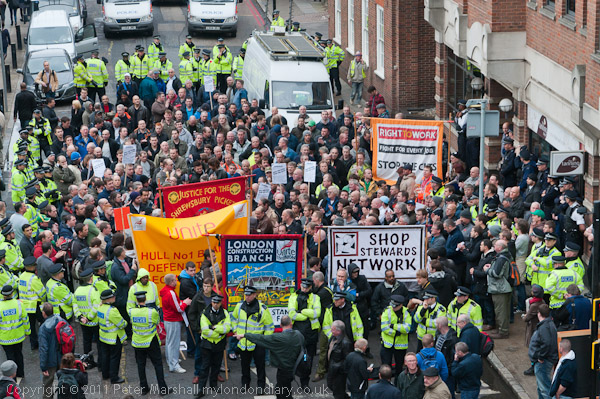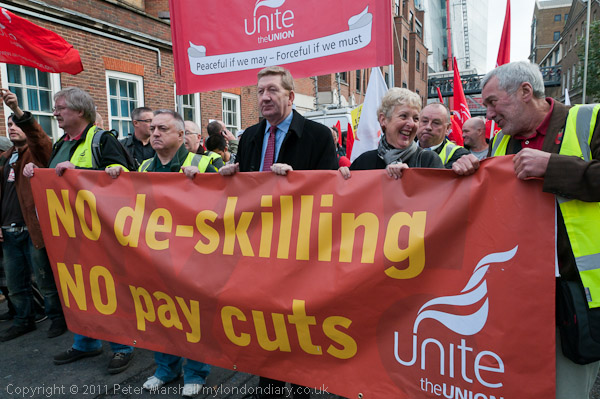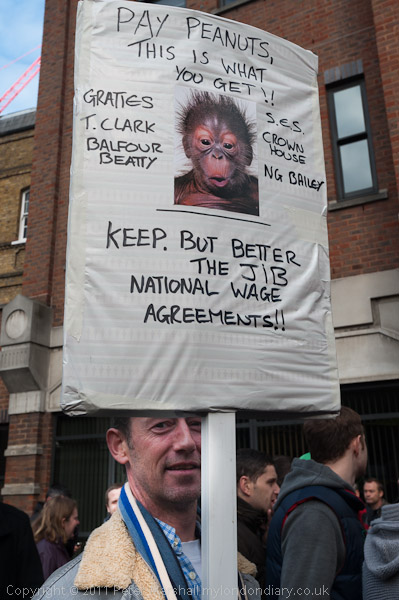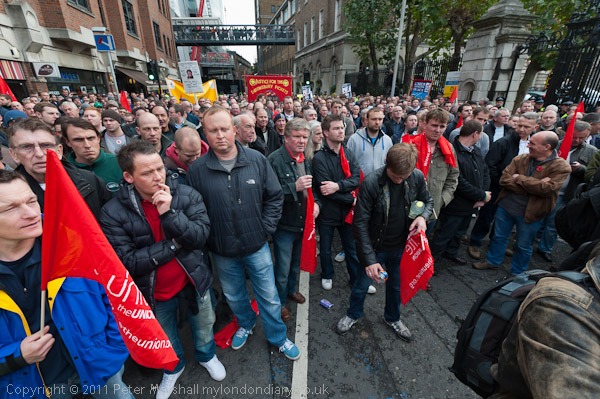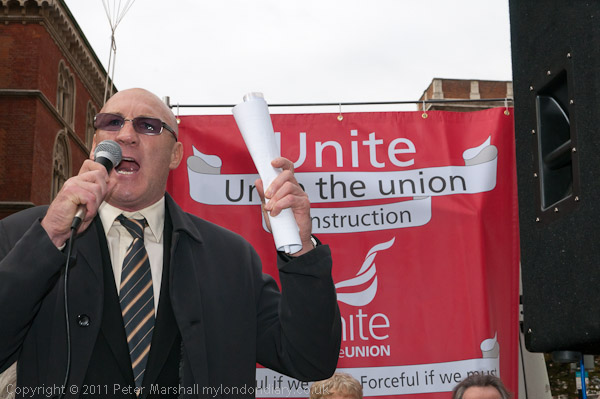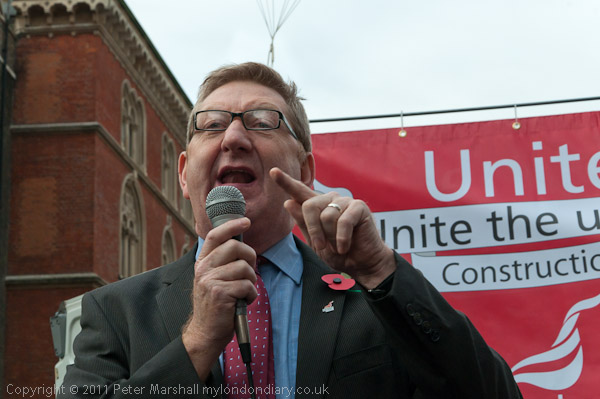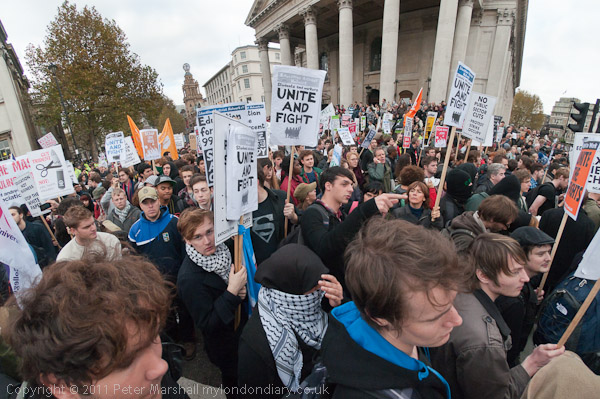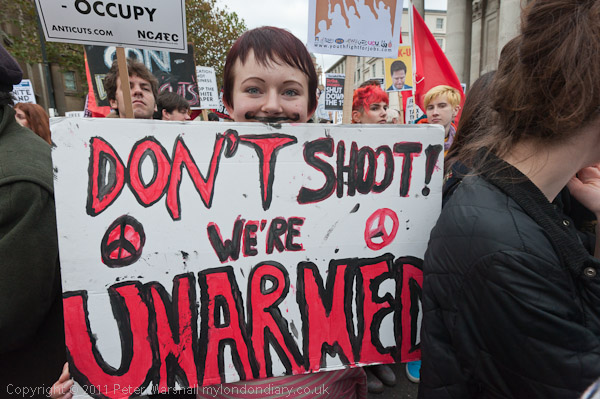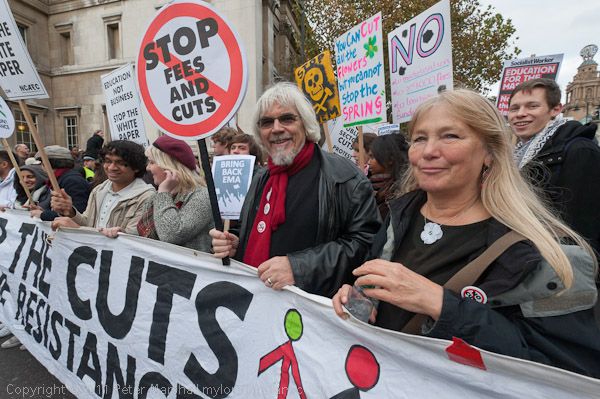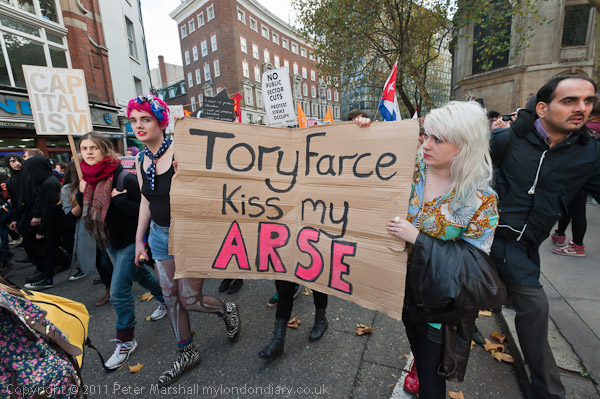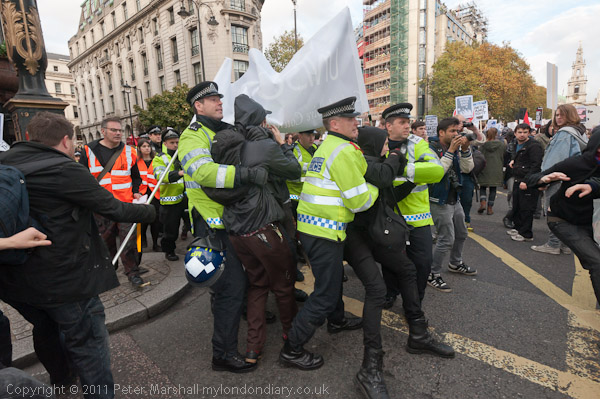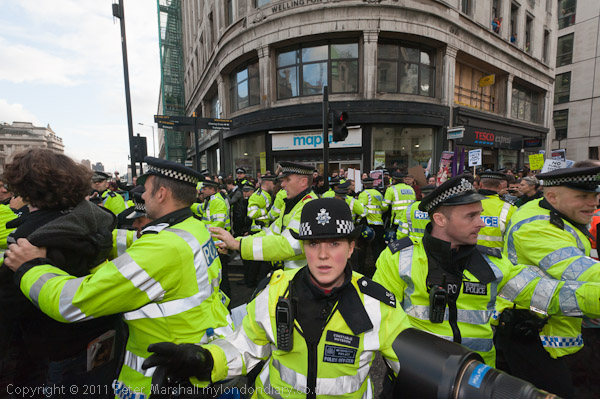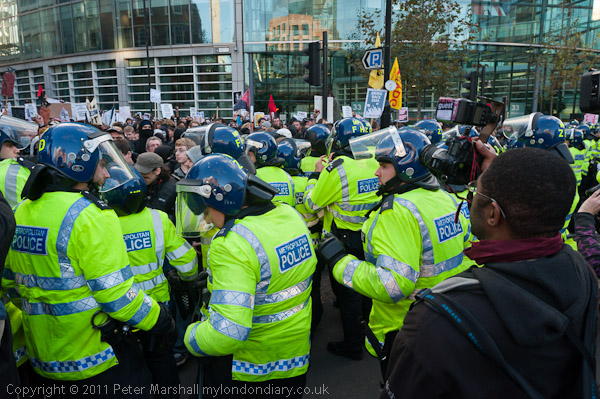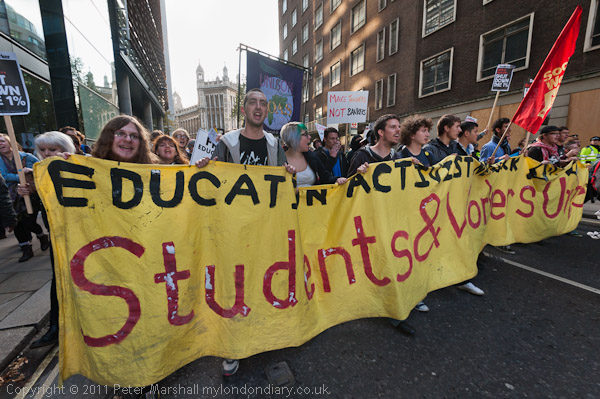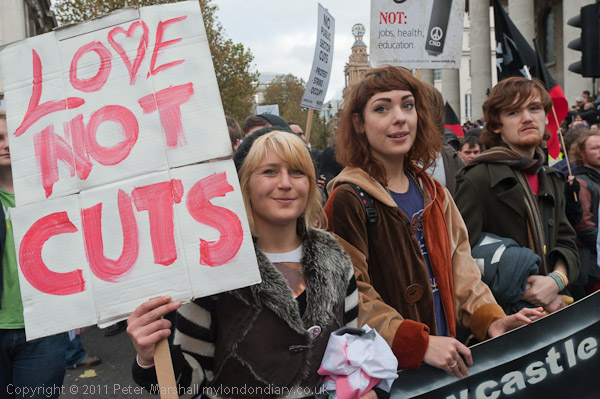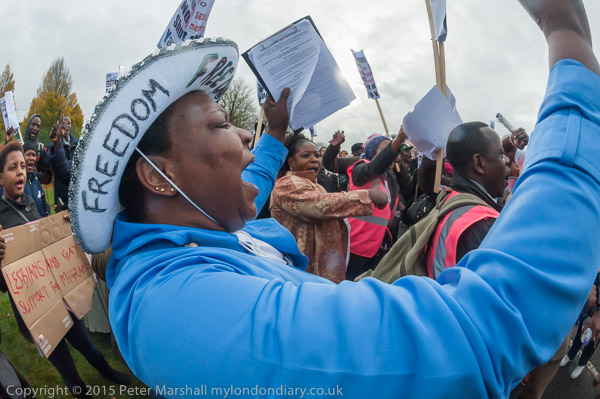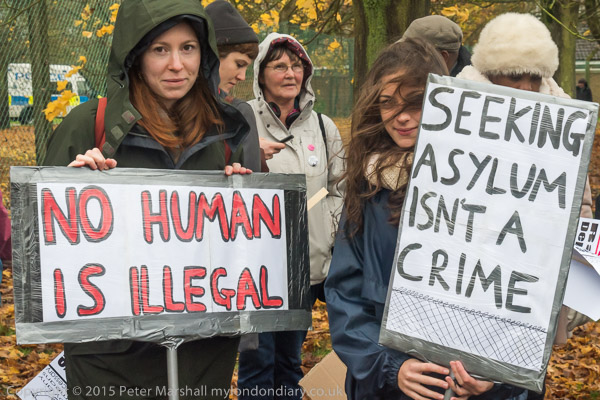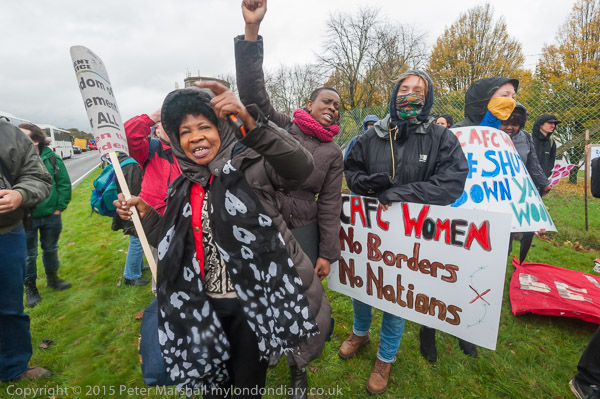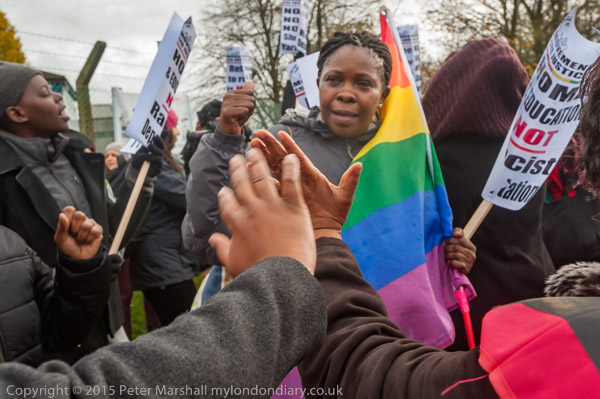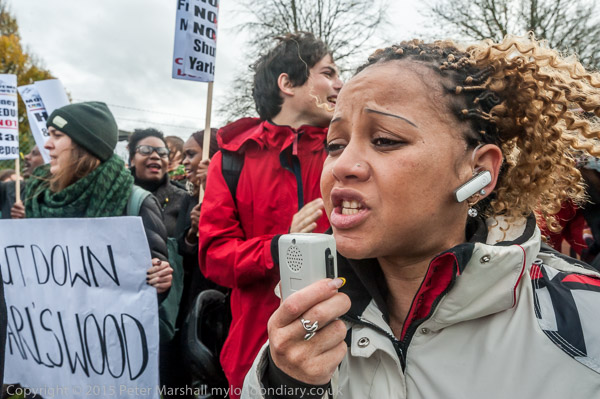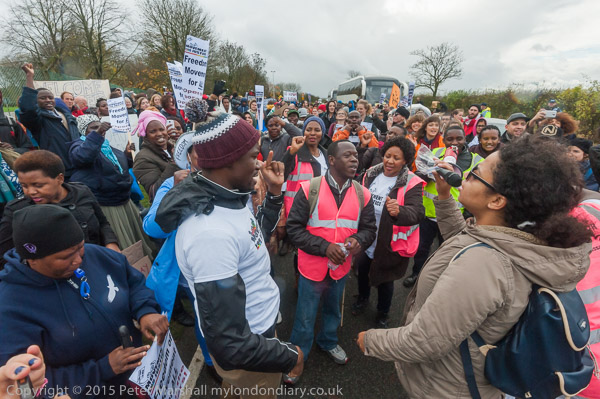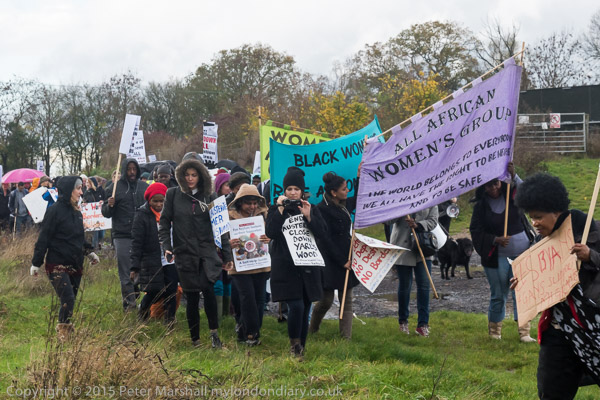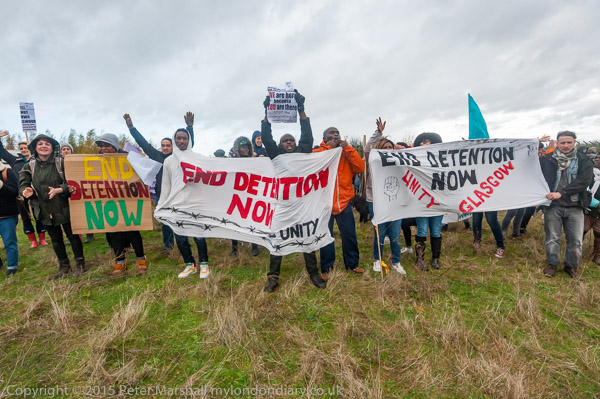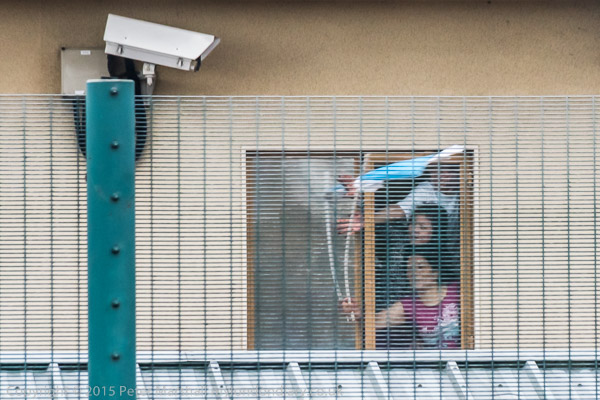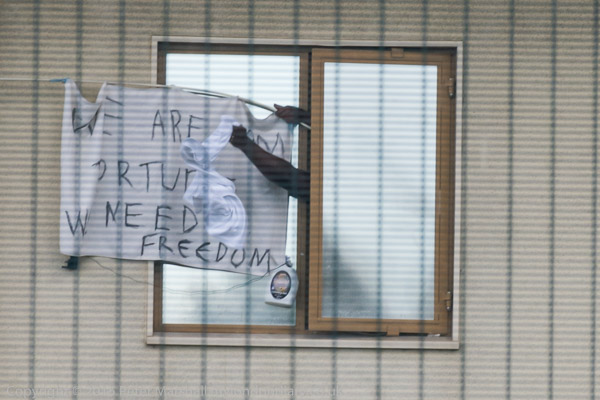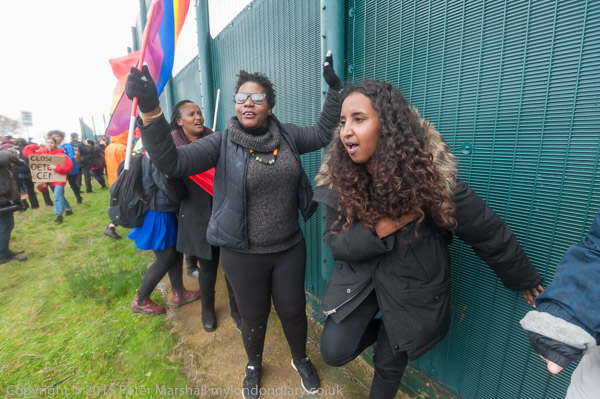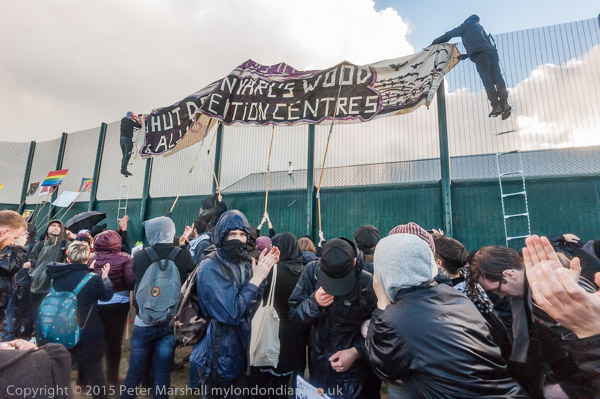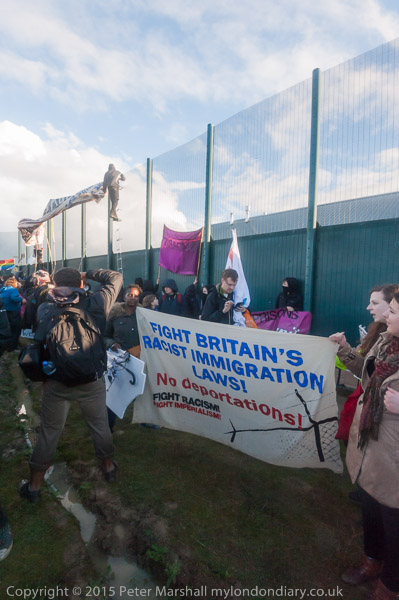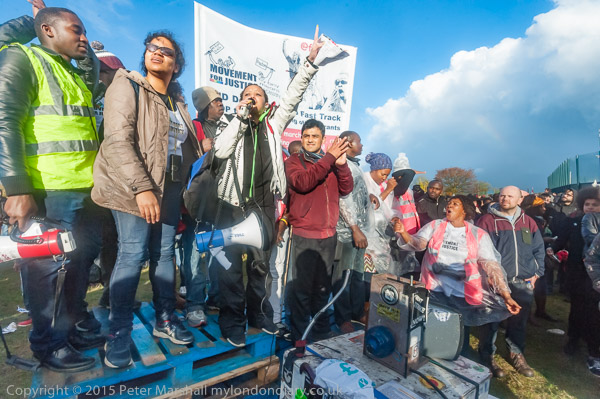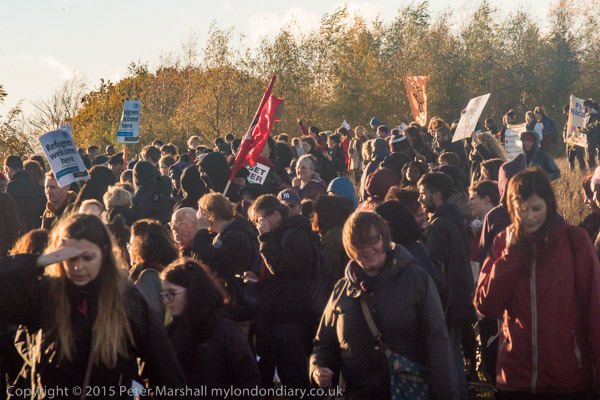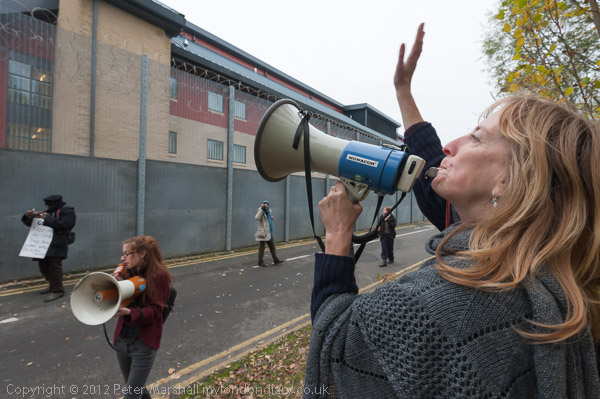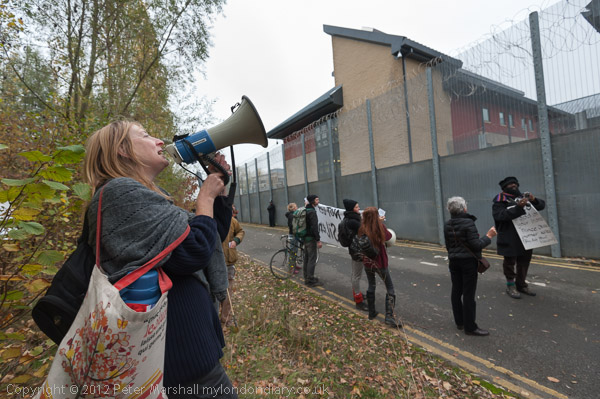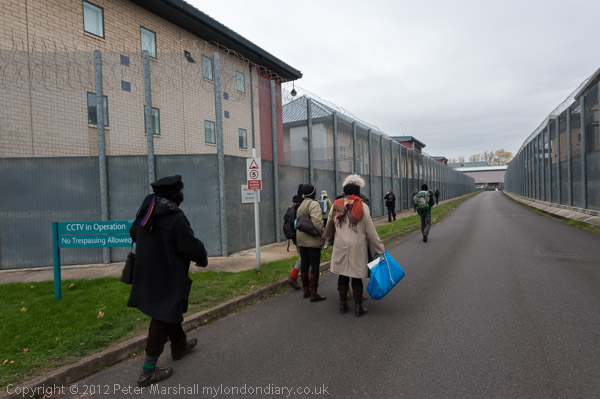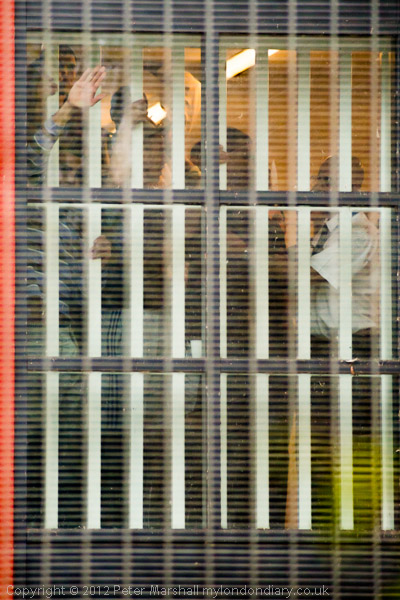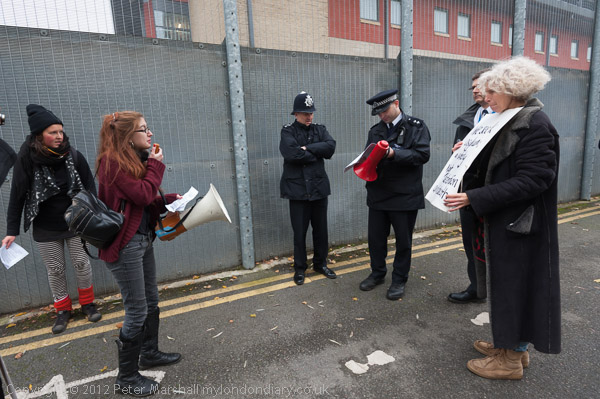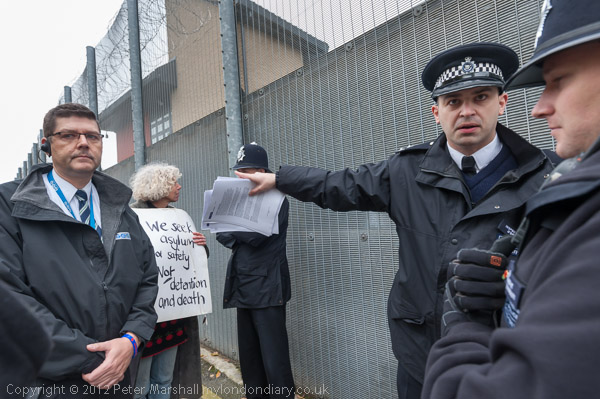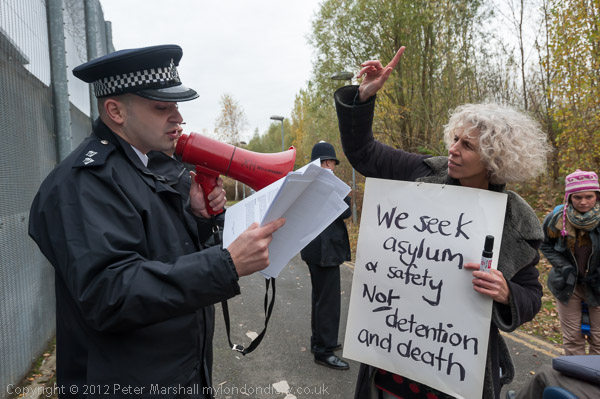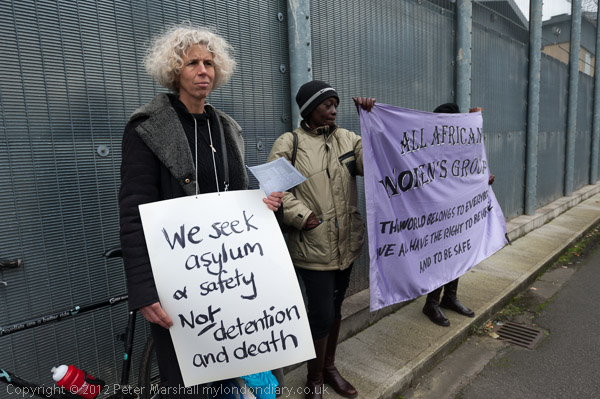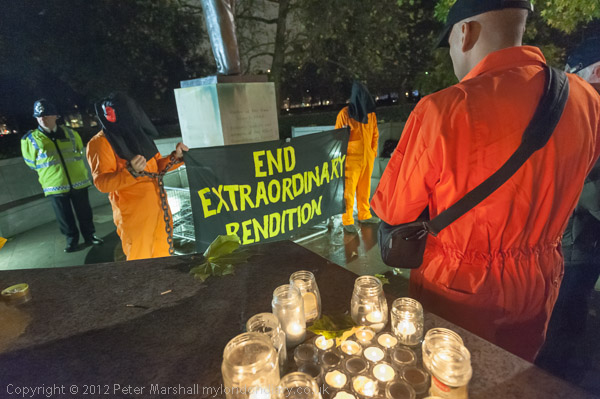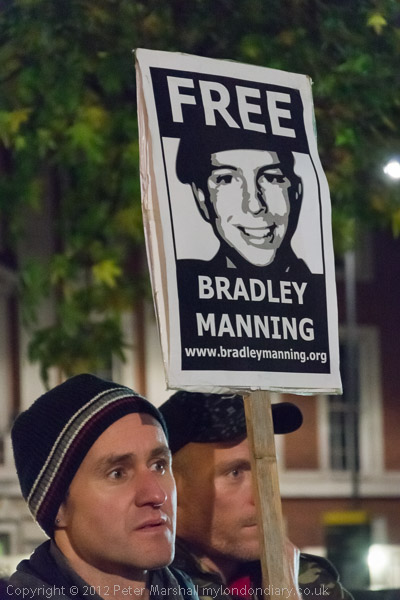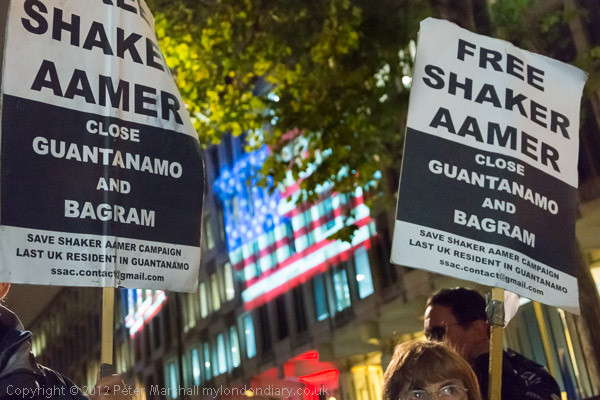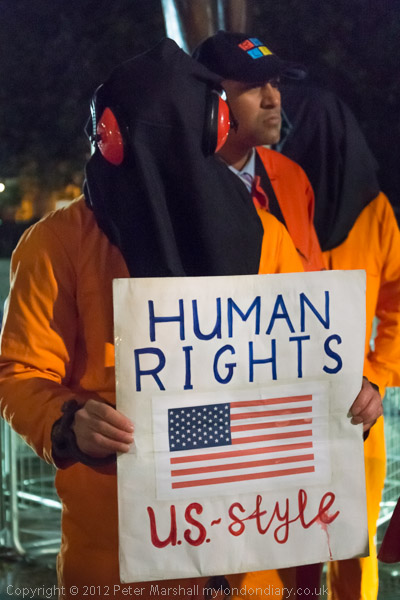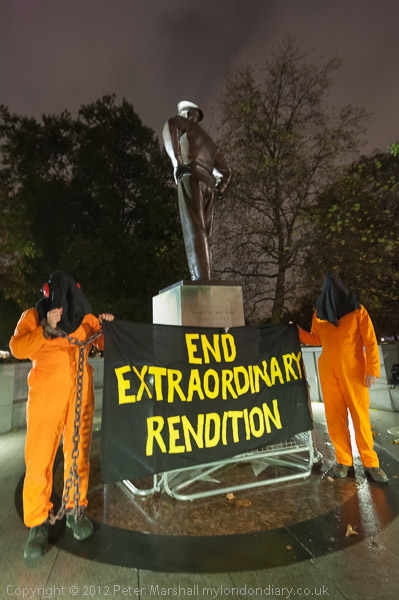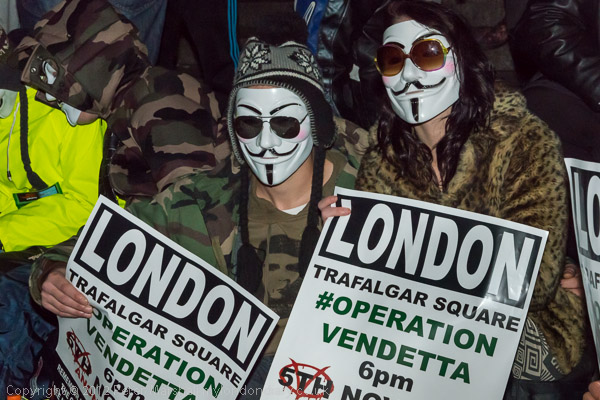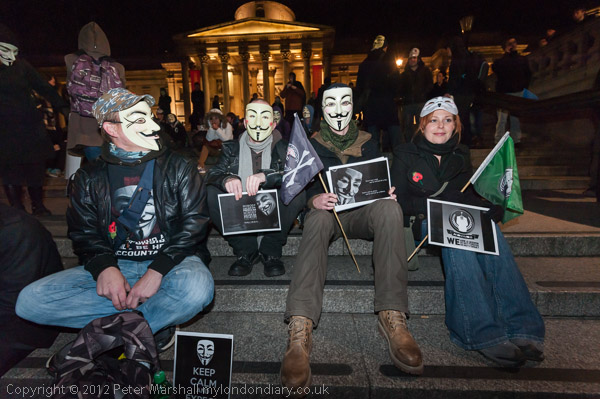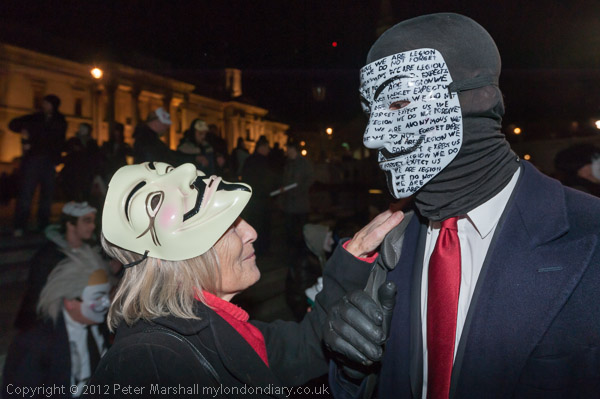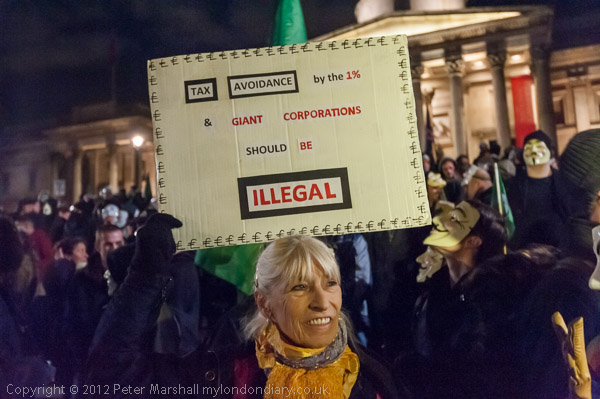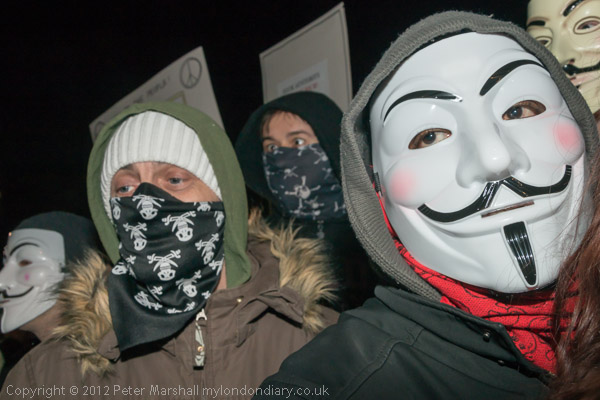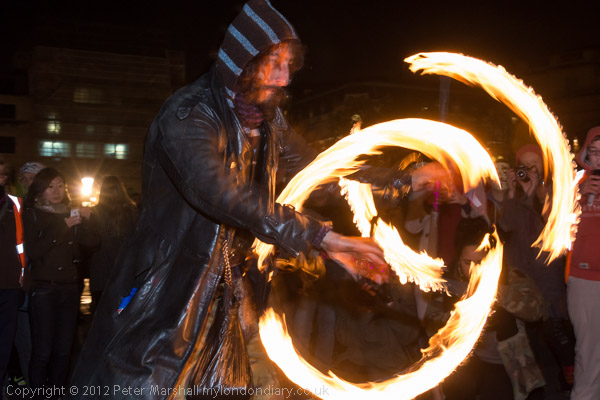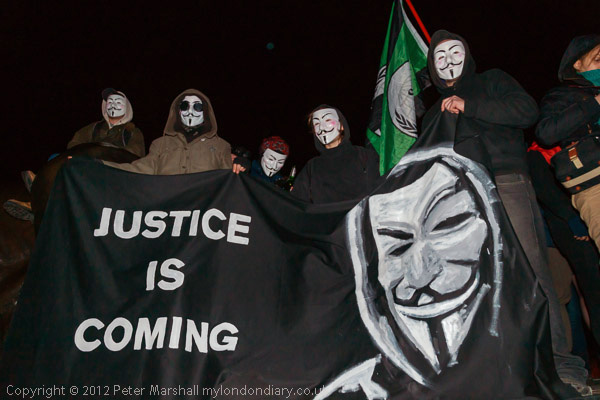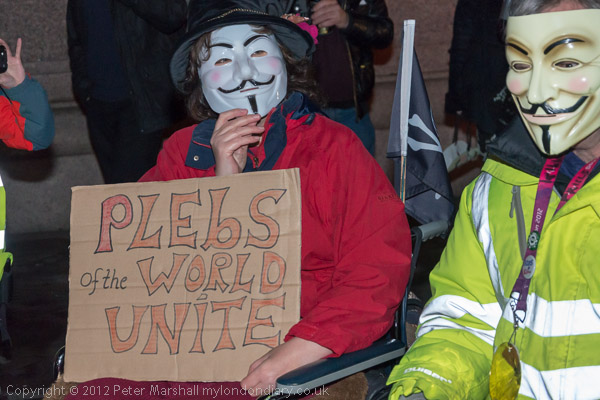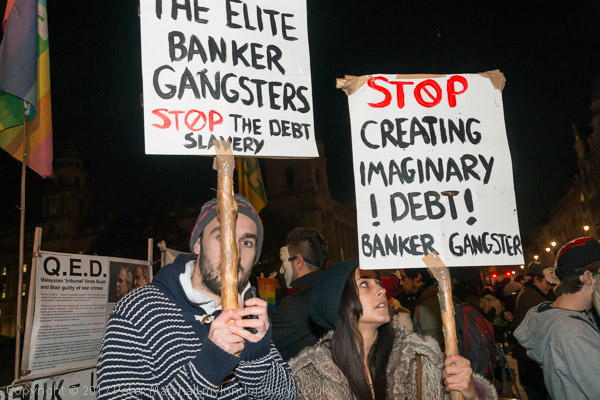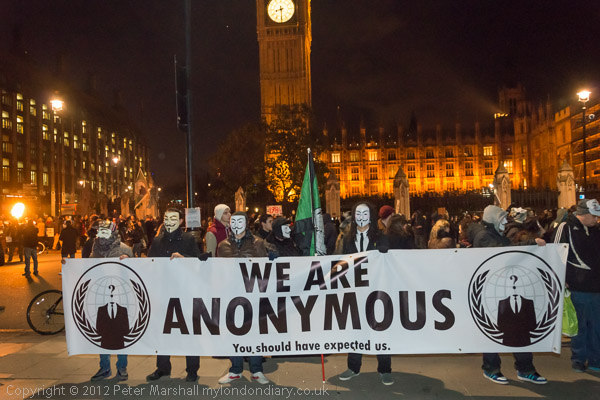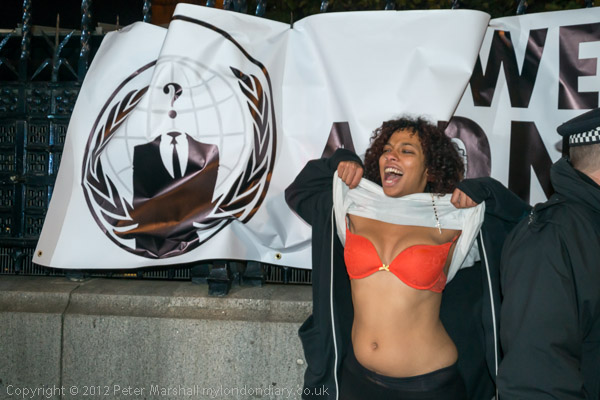Grenfell Remembered in South Norwood. On the 14th of every month since the terrible fire on 14 June 2017 I remember Grenfell, though its something which has fallen out of the news. The Grenfell Inquiry dragged on – as it was meant to – until November 2022, and now its final report is not expected until some time in 2024. Such is the long grass which the UK excels in to protect the guilty, or at least the wealthy guilty who are an integral part of the establishment and corporate bodies.
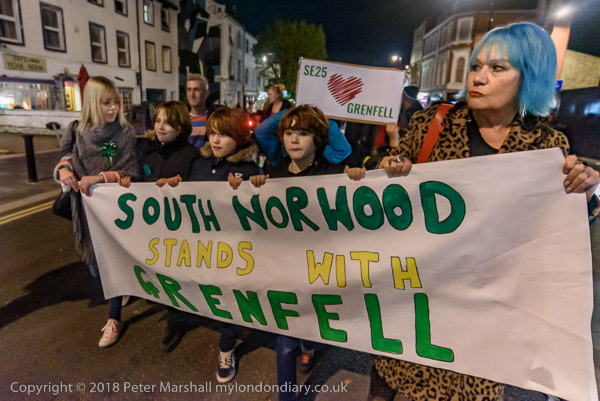
It seems unlikely that there will ever be justice for the victims and their families or that any of the people or companies and other organisations responsible will ever be brought to trial. Probably at most there will be a few minor cases resulting in some fairly inconsequential fines.
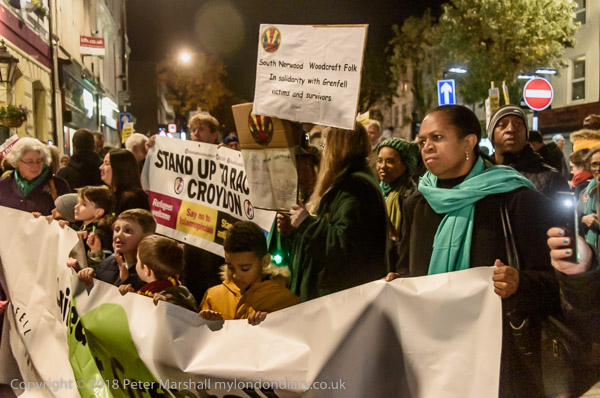
Of course there have been some changes, with the similar cladding on some other towers being replaced by less flammable alternative, although there are still buildings with this dangerous cladding.
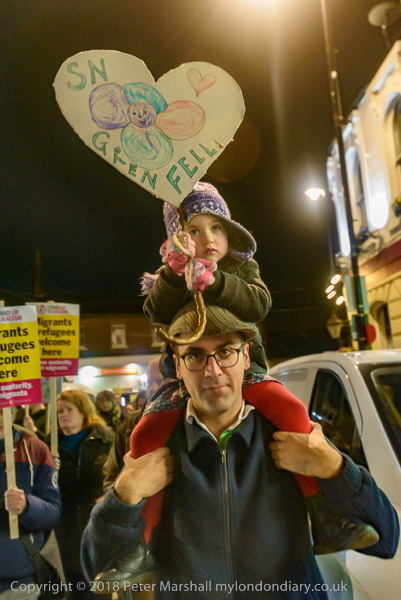
It didn’t take long for independent experts to produce extensive reports into the causes of the fire and publish these, and nothing that years of inquiry have produced adds much more than minor details and an increased list of those culpable. At one protest a few months after the fire we were told of a similar fire in Japan where those responsible were in court a matter of weeks after the disaster.
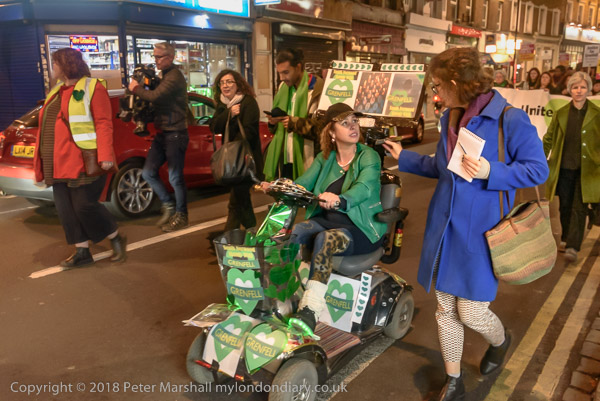
We also saw a concerted attempt in the first phase of the inquiry to push blame for the deaths onto the fire service, which was over-stressed due to cuts and which had been prevented from doing many of the things recommended in the report by a government programme of ‘reducing red tape’ in health and safety and building regulations which led those responsible only too literally get away with murder.
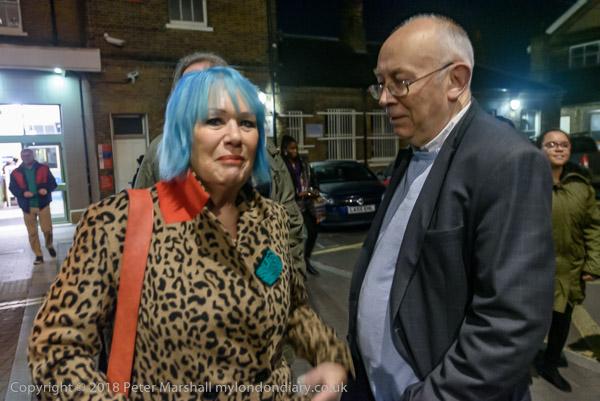
An earlier fire in Southwark had led to an inquest which had identified some of these problems and the coroner had made a number of recommendations, most of which had not been implemented.
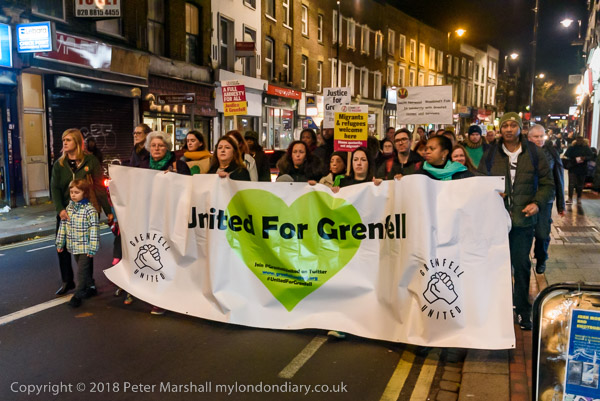
What is clear is that on the night of the fire, firefighters had acted with incredible bravery despite lacking some essential equipment – such as the long ladders that had to be brought in from Surrey. And that as they were not aware of the conditions in this tower and some other blocks they had not realised until too late that the fire measures that should have contained the fire in the flat where it had started would not work.
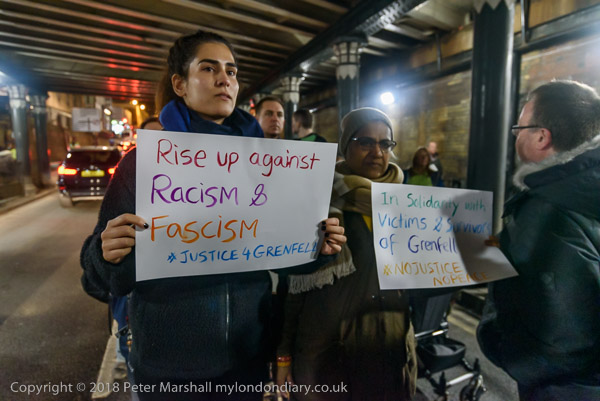
A few weeks later there was a similar incident in a council block in East London which was contained and there was no loss of life. If Grenfell had been properly inspected and maintained the same would have been true, but it had been turned into a firebomb.
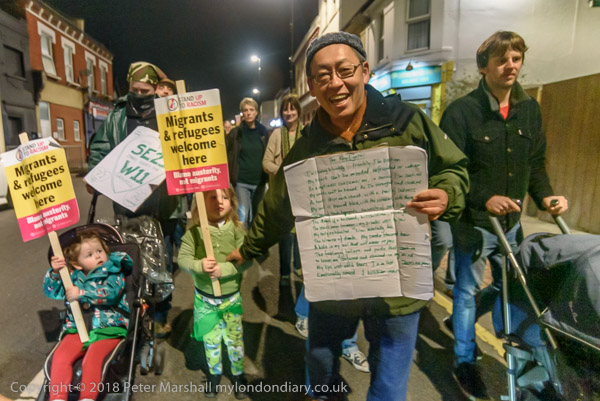
The march on Wednesday 14th November 2018 in South Norwood was prompted by a disgusting video being posted of a cardboard Grenfell tower being burnt by Conservative club members at a bonfire party in the area. It was a hateful video that shocked the nation by its callous treatment of a distaster that killed so many.
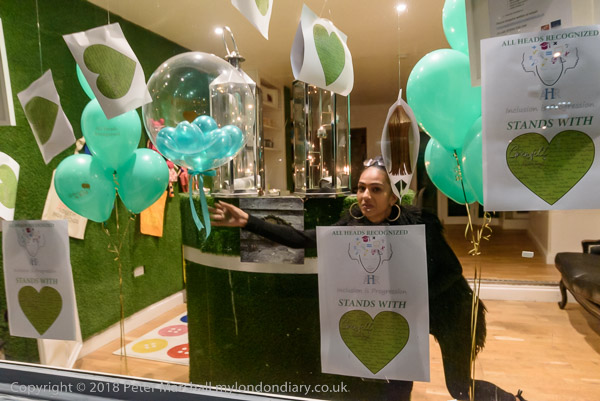
The South Norwood Tourist Board – and unofficial community group which has enriched the area by converting waste areas into public gardens and promoting local community events – organised a march to show solidarity with Grenfell, with several hundreds of local residents marching through the streets at the same time as the monthly silent march of remembrance in Notting Hill on the 14th of every month.
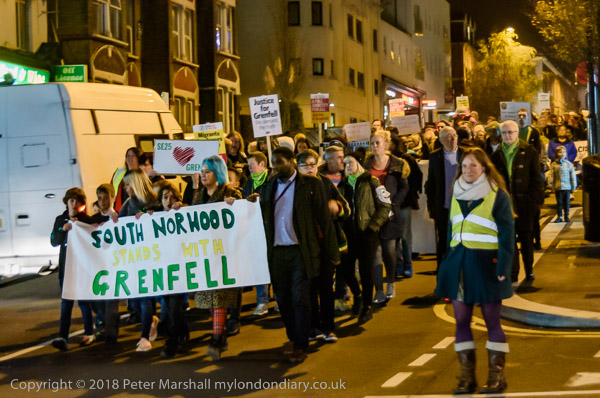
Those taking part included several former residents of Grenfell Tower and some who lost friends in the tragic fire, and several came with a Grenfell United banner to support South Norwood’s demonstration of solidarity. Leading members of the SNTB include Jane Nicholl and her partner Ian Bone of Class War. Ian had lived in Grenfell Tower when he first moved to London and it was from there that the first issued of Class War’s magazine were produced.
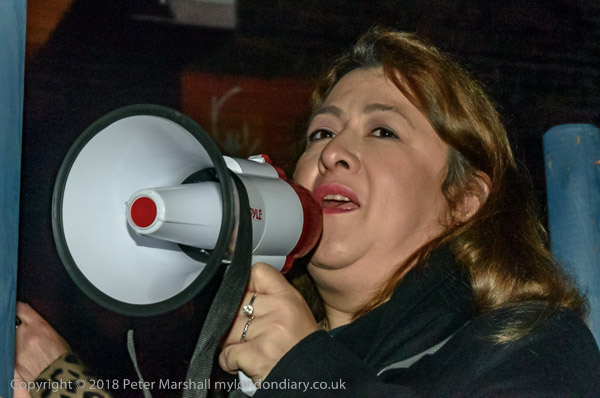
Some shops along the route were decorated in support of Grenfell, and after the final speeches there was very welcome free hot soup provided by the Portland Arms pub.















